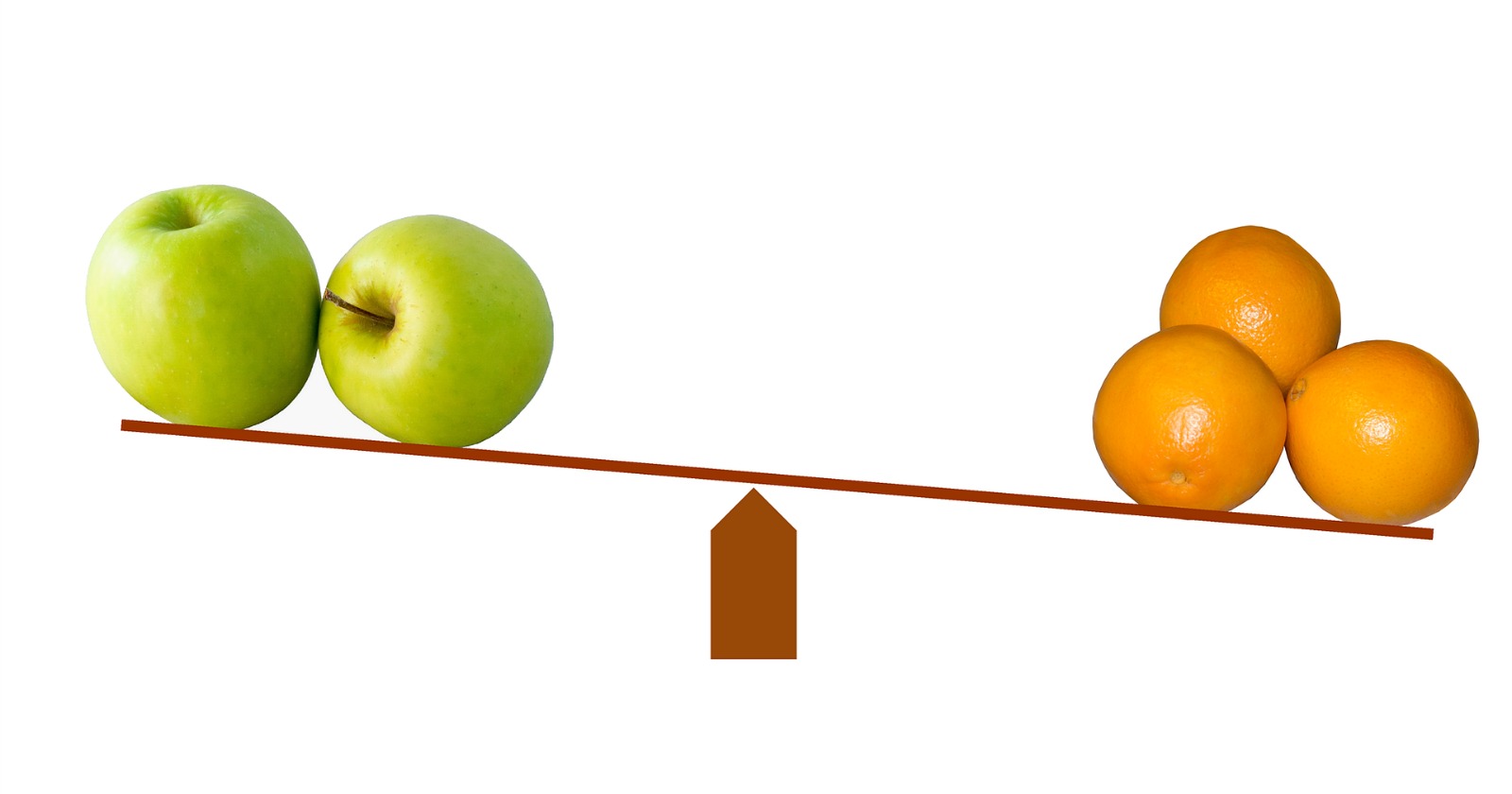Dr. Ronald Niednagel once said: “Failure isn’t failure unless you don’t learn from it.” Viewing failure as feedback is integral if you want to achieve success as an entrepreneur, and this couldn’t be truer in the world of Facebook marketing.
Facebook ads can fail spectacularly… but if you run them at a low cost and track your data, this feedback will enable you to run wildly successful ads in the future. If you want to maximize the impact of your Facebook ads campaign, split testing needs to be performed.
Author and entrepreneur Tim Ferriss famously used split testing to determine the title of his magnum opus, The Four Hour Work Week, while Barack Obama used split testing to raise $60 million in funding for his 2008 election campaign. With Facebook’s inbuilt split testing functionality, it’s easier than ever to split test ad campaigns.
Essentially, split testing involves showing two similar (but slightly different) versions of a landing page or Facebook ad to an audience, and then tracking which version performs better. The audience you show the ad to can also be split tested.
The best results happen when you find the perfect ad for the perfect audience, but getting this combination right typically takes a lot of effort and dedication. Don’t be discouraged if your first few ads bomb. As long as you track the data and continually innovate, you might be closer to success than you think.
If you consider the numerous combinations of headlines, images, body text, value propositions, and audiences you can split test, it’s easy to succumb to paralysis by analysis. Fortunately, getting started with split testing doesn’t have to be daunting.
Here are five of my top tips for ensuring your split testing endeavors are successful.
1. Test the Image
While there is no right or wrong place to start, I like to create five audiences, three ad sets, and one ad per ad set. You can test each ad with each audience at a minimal cost and make adjustments based on the results.
While some people like to test the image immediately, I find it more practical to select one image that you’re confident in and use it for all your ads. This will help you save costs initially since you’ll only need to source one image from your designer. This way, you won’t waste additional money on graphic design for a campaign before it’s proven to be profitable. Once one of your ads shows signs of profitability, you can then tweak the image to see if you can improve your results.
Image testing is a case of trial and error. The image with the best conversion rate is usually not the most vibrant or professional looking; it’s simply the one that has the greatest resonance with your audience.>
Color is also something to play around with. Research suggests that adding a colored border around your Facebook ad image can improve conversions by 100%.
Blue is associated with calmness and serenity, but it can also be unemotive. Despite blue being the most popular color in the world, proceed with caution when using blue as a dominant color in your ad, particularly when mixed with white as you don’t want to blend in with Facebook’s branding.
Red will definitely get people to notice you, but it can also appear as aggressive and disruptive. Green, on the other hand, is more balanced and is a great choice for environmentally-friendly products.
Ultimately, it’s best to choose a color scheme that stands out yet is appropriate for your niche. Your color scheme should also be similar to the one on your landing page when the consumer arrives at your site.>
Try testing images that pertain to specific locations and events. There’s a reason why you’ll see Facebook ads with products under the Christmas tree during December!
Images of happy women, colorful logos and headshots are proven to convert. When including a headshot, looking directly at the camera helps to promote audience engagement.

2. Test the Headline
In a comprehensive study of over 65,000 headlines, Outbrain compared the efficacy of positive superlative headlines, negative superlative headlines, and headlines without superlatives. Intriguingly, headlines with negative superlatives performed 30% better while headlines with positive superlatives performed 29% worse.
There may be an evolutionary explanation for this phenomenon. In a primitive, hunter-gatherer society, negative news would have entailed a real physical threat, potentially resulting in loss of life. Paying attention to negative news would have been essential in order to survive, so even though we’re no longer at risk of being eaten by prehistoric predators, we’re still neurologically wired to respond to negative news. This might offer some explanation for the tone of the stories we typically see in mainstream media.
Don’t be afraid to test your ad from a positive (moving towards pleasure) and a negative (moving away from pain) angle. Determining if negativity is the dominant emotional driver in your niche will help to inform your ads in the future.

Other things to test in your headlines include: questions, statistics, promises of a how-to solution, and audience references.
3. Test the Body Text
While the headline and image will grab a person’s attention, it’s your body text that will encourage them to click through to your landing page — so getting it right is crucial.
Try incorporating a testimonial from one of your clients, and see if it results in better conversions. Sometimes, a single proof statement with a precise statistic will encourage people to click your CTA button.
In other instances, the CTA button itself is worth testing. You won’t know whether Learn More, Buy Now, or Sign Up results in the most conversions until you split test.
Oftentimes, if your body text is not converting, it might be that you’re talking about product features rather than user benefits — there is a big distinction between the two. Features are logical whereas benefits are emotional.
People buy based on emotions and rationalize with logic, so always convey the ways in which your product will enhance the person’s life rather than its technical specifications. If it’s appropriate for your niche, try injecting some humor into your body text to capture people’s attention.
4. Test the Landing Page
If a consumer feels that your landing page is incongruent with your Facebook ad, either stylistically or tonally, this will kill your conversions. Ensure that the branding of your landing page is the same as your ad.
You want your consumer to embark on a smooth journey through your marketing funnel, so get rid of any distractions on your landing page. The goal of the landing page should be to generate conversions, so consider removing anything superfluous to this goal.
Only test one variable at a time. If you achieve a significant increase in conversions, it’s important to know exactly what change you made to facilitate it — no matter how small or big.
Let the data drive your decision making, rather than your assumptions. You might experiment with supercharging your sales copy and graphical elements only to find that your conversions doubled when you changed the color of your CTA button.
To test a landing page effectively, I recommend using an analytics tool like Crazy Egg. This will help you understand which parts of your landing page are working, which aren’t, and most importantly, exactly where prospects are abandoning your page before converting.
Remember also to look at the performance of your landing page holistically. Charles Ngo points out the mistake many marketers make when assessing landing page split test results:
“Here’s the error that most marketers make: they judge how effective a landing page is by the LP CTR, when it’s just part of the equation. It doesn’t matter how many people see the offer page. What matters is how many people convert. A landing page CTR of 70% is not good if it results in low conversion rates.”
5. Test the Audience
Before you run an ad campaign, you should have a clear customer profile for your product. One of the easiest ways to get audience insights is to survey your existing customers.
Create an online survey and ask them quantitative questions regarding their income level, education, and marital status. Also, ask qualitative questions regarding their interests, values, and pain points. This will give you a great starting point to inform your initial audience segmentation for split testing.
Age is particularly crucial to split test, as younger consumers may resonate with your ad but may not have the means to purchase your product, so you need to know what age range actually converts. In order to narrow your demographic down as much as possible, I would recommend segmenting ages into ranges of a decade or less.
While your audience’s interests might be blatantly obvious for certain products, such as golf supplies or cat toys, finding the interests of your audience for other products might require some guesswork and refinement — which is why split testing is so useful.
Once you start accumulating sales, you use Facebook Pixel to track conversions and then build a lookalike audience based on the common attributes of your buyers. Lookalike audiences often receive high levels of conversions.

Let each ad run for a day or two before you make any assessments, and always make judgments based on a consistent metric, such as cost per conversion. For consistency, I also recommend testing news story ads for desktop users only.
For the ad to be profitable, your cost per conversion needs to be below the cost of sourcing and delivering your product. However, if you have an ad which is only slightly below par, it’s worth doing some additional tweaking and split testing to see if you can improve it.
Once you get a profitable ad, you can start scaling it to generate an excellent profit.
I hope you’ve found these tips useful. Do you have any split testing tips that have helped to improve your Facebook ad campaigns? Please let me know on social media
Image Credits
Featured Image: Tumisu/Pixabay
Screenshots by Aaron Agius. Taken February 2017.





